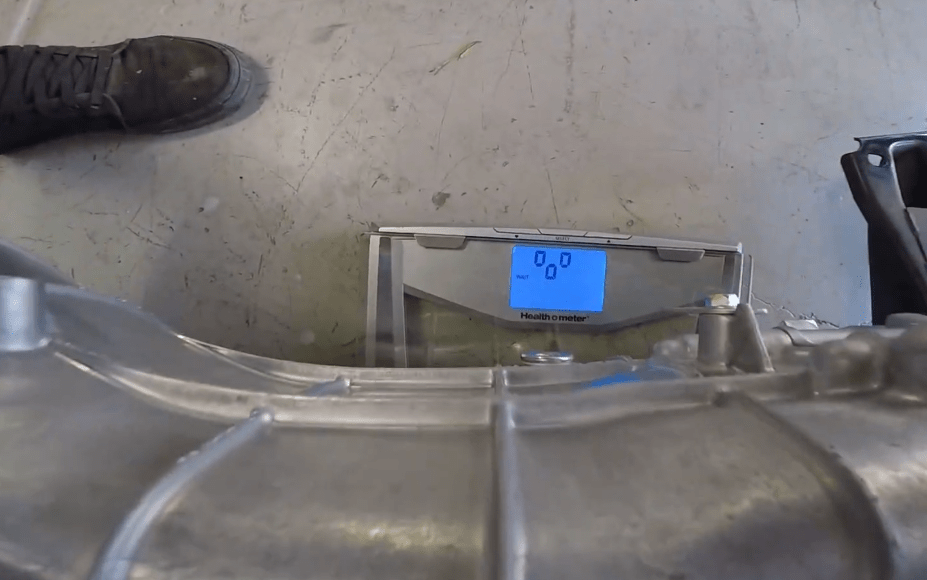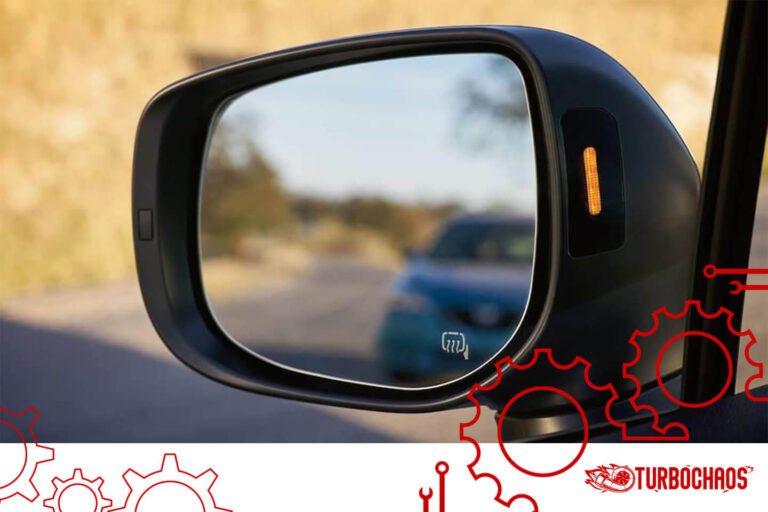How Much Does A Car Transmission Weigh? Answered
Much to my surprise, I discovered that car transmission weight can affect various factors, including how we approach automobile maintenance, what we can do, shipping costs, performance, and more. What’s the weight of a car transmission?
Depending on the type of vehicle, most transmissions weigh between 100 and 400 pounds (45 and 181 kg), though this range can be much greater.
The transmission’s design and operation—also influenced by weight—in conveying power from the engine to the wheels is crucial.
Even with the most powerful engine in the world, you would never leave your driveway without it. Transmissions are not all made equal, nor are their weights like any other vehicle component.
How much does a car transmission weigh?
Transmissions for cars often weigh between 100 and 400 pounds. To reduce weight, some vehicles, however, use light transmissions. Let’s check common weights:

Common Transmission Weight
As previously said, the weight of your transmission can normally range from 100 to 400 pounds, based on the make and model of your car.
When you size your car, your transmission will become larger and heavier. As a result, a smaller sedan will have one that is lighter than a minivan.
Look for models with transmissions that weigh about 100 pounds, like a front-wheel-drive sedan. One that weighs 400 pounds or more may fit inside a large van or SUV.
Vehicles with front-wheel drive and those with rear-wheel drive have similar gearbox weights.
Transmission speed range of your car
Although you can raise a small transmission with one hand, utilizing a transmission jack or a cherry picker is usually advisable when working with one.
Automatic or manual transmissions: Which is lighter?
We’ll review the major distinctions between an automatic and manual transmission later, but it makes sense to question which one weighs more.
The weight difference between automatic and manual transmissions is typically between 50-75 pounds, with manual transmissions typically being lighter.
Even so, it’s helpful to compare them, particularly if you’re looking for a new one for your automobile.
A manual transmission is frequently the least risky option. This is in contrast to automatic variants with equivalent torque and gear ratios.
Automatic vehicles have worse fuel economy and drive train loss partly due to their heavier size.
What makes automatic models heavier? In their makeup is the solution. Many manual gearbox models rely on an aluminum casing, while automatic transmissions are housed in a cast iron one.
A weight differential between 20 and 30 pounds can be attributed to this factor alone. Hardware variations must also be taken into consideration.
A manual transmission typically has fewer parts than an automatic transmission. This necessitates the system’s housing, which is somewhat larger and heavier.
Does this mean that an automatic transmission is heavier and would slow down your vehicle? The weight differential does not adversely impact performance. This indicates that you should select the model of your choice.
Some like a manual transmission because it gives the driver more control and enables them to fulfill a boyhood ambition of owning a specific car, like my favorite, the Lamborghini Countach.
Others favor automated models because of their easy operation and comfortable ride.
What Is the Heaviest Transmission Model?
The Allison 4500 used in the Medium Tactical Vehicle Replacement (MTVR) is one of the heaviest current transmission versions.
This seven-speed transmission can handle up to 1200 foot pounds of input torque, even in a car with a gross weight of up to 60,000 pounds.
The Allison 4500 has seen commercial use in the firefighting industry, although it is mostly employed in specially developed military vehicles.
Making Smart Use of Transmission Data
Knowing your transmission’s weight is useful, particularly if you intend to have it replaced. In rare circumstances, you may have to ship it away for repairs or arrange to deliver a replacement unit.
Plan and estimate your shipping costs by knowing the weight.
Bring your transmission to a local mechanic who can securely weigh it if you’re unsure of its weight.
It is advised against disassembling and measuring it yourself because doing so can put your personal safety at risk.
Conclusion
A car transmission weight can range from 40 to 136 kilograms to 90 pounds. A four-speed and five-speed car transmission with rear-wheel drive will weigh similarly.
Truck, semi, and other large equipment transmissions will weigh significantly more. Two transmission kinds are normally available: manual or stick shift, as it is known in some countries, and automatic.
A dual-clutch or automated manual also falls somewhere in the middle. An automatic transmission replacement will typically cost more money than a manual one.
Frequently Asked Results
How many kilograms does a gearbox weigh?
On a pre-unit motorbike, the 4-speed gearbox weighs roughly 5 kilograms. There are gears for any powered device, including cars, trucks, motorbikes, children’s toys, and lathes.
How much weight does a BMW transmission have?
The ZF 6HP transmission is listed as weighing roughly 165 lbs with fluids on a spec sheet I found.
Do automatic transmissions weigh more than manual ones?
Compared to manual gears, automatic transmissions are heavier. In an automatic, this added weight may still result in higher fuel consumption.
What exactly is a heavy-duty transmission?
For better performance and fuel efficiency, heavy-duty commercial vehicle transmissions include a variety of high torque-to-weight ratios, effective direct drive, and overdrive options. Vocational models are compatible with most application situations, axle ratio requirements, and engine requirements.

Welcome to the exhilarating world of Matt Rex, a professional car racer turned renowned vehicle enthusiast. Immerse yourself in his captivating blog as he shares heart-pounding adventures, expert reviews, and valuable insights on cars, trucks, jets, and more. Fuel your passion for speed and discover the beauty of vehicles through Matt’s engaging stories and meticulous expertise. Join the ever-growing community of enthusiasts who find inspiration and expert advice in Matt Rex’s blog—a digital hub where the thrill of speed meets the pursuit of knowledge.







